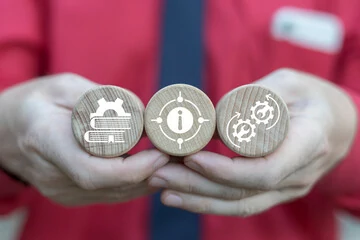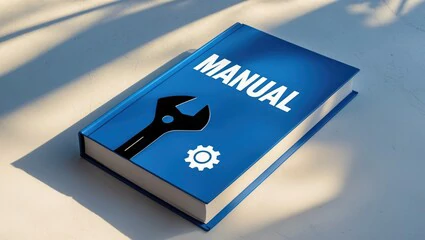Motorcycle Lithium Starting Battery Charging Frequency
main content
Proper motorcycle lithium starting battery charging frequency is critical to balancing performance, safety, and longevity. Lithium batteries thrive on strategic charging routines rather than rigid schedules, as overcharging or undercharging can degrade capacity and increase failure risks. By aligning charging habits with usage patterns and environmental conditions, riders can maximize battery efficiency while avoiding common pitfalls. Below, we break down tailored recommendations for different scenarios and share actionable best practices.
Recommended Charging Frequency by Usage
1.Daily Riders (3+ Rides per Week)
Charge every 2–3 weeks if rides exceed 10 miles, as regular use keeps the battery active and minimizes self-discharge.
For short commutes (under 5 miles), recharge weekly to counteract partial charging cycles that strain lithium cells.
2.Moderate Riders (1–2 Rides per Week)
Perform a full charge every 10–14 days to maintain voltage stability. Lithium batteries lose 1–2% charge monthly, but infrequent use accelerates capacity fade.
Use a smart charger with a maintenance mode to automatically top up the battery during storage periods.
3.Seasonal or Occasional Riders (Less Than Monthly Use)
Charge to 50–60% state of charge (SOC) before storage, then recharge to the same level every 3 months to prevent deep discharge.
Avoid storing the battery fully charged, as prolonged high SOC increases stress on lithium-ion cells.
Best Practices for Optimal Charging
Avoid Full 100% Charges: Aim for 80–90% SOC during routine charging to reduce cell stress. Reserve full charges for long trips or emergencies.
Partial Charging Cycles: Recharge when the battery reaches 20–30% SOC instead of draining it completely. Lithium batteries perform best with shallow discharges.
Temperature Awareness: Charge in 10–30°C (50–86°F) environments. Extreme cold slows charging efficiency, while heat accelerates degradation.
Smart Chargers: Use lithium-specific chargers with BMS integration to prevent overcharging and balance cell voltage. These devices adjust output based on real-time conditions.
Common Mistakes to Avoid
Overcharging: Leaving the battery connected to a charger after reaching full capacity strains cells and shortens lifespan.
Ignoring Self-Discharge: Even unused batteries lose charge over time. Set calendar reminders for periodic top-ups during storage.
Using Lead-Acid Chargers: Generic chargers lack voltage precision for lithium batteries, risking overvoltage damage.
Conclusion
Adopting the right motorcycle lithium starting battery charging frequency ensures reliability and extends service life. Prioritize partial charging cycles, temperature control, and smart charging tools tailored to your riding habits. By avoiding extremes and embracing proactive maintenance, riders can enjoy years of dependable performance. For optimal results, pair your battery with a certified lithium charger and monitor SOC regularly—consistent care today means fewer replacements tomorrow.
RELATED BLOG

START-STOP LITHIUM battery
Enov start-stop battery is designed to provide excellent performance for high-demand start-stop vaehicles. It adopts the third-generation intelligent lithium platform architecture to achieve technological breakthroughs in core indicators such as cycle life, environmental adaptability and energy density. Compared with the traditional lead-acid battery system, the energy efficiency is increased by 210%, the cycle life is extended by 8-10 times, and the monthly self-discharge rate is controlled within 3%. Enov's unique low-temperature battery technology makes a breakthrough in achieving stable output in the whole climate domain from -30℃ to 65℃, maintaining more than 90% of the effective capacity release under extremely cold conditions (-30℃), and maintaining 90% of the capacity in high temperature environments (65℃).
The start-stop battery series products cover the mainstream voltage platform of 12V/24V/48V, and support flexible configuration of LFP (lithium iron phosphate) and NCM (lithium nickel cobalt manganese oxide) dual-material system. All models adopt modular design to support customization of different model specifications. Enuo engineering and technical team to provide full cycle technical service support, if you need, please contact us.
Other products
UAV BATTERY
LITHIUM ENERGY STORAGE BATTERY
QUICK INQUIRY
FAQ
Access to high frequency technical questions with one click, get accurate answers on product application, after-sales policy and customization process.
Service and Support
Get the latest product specifications, explore professional OEM/ODM customization services, click to open exclusive technical support and production solutions.
Become a Partner
We sincerely invite resources to interconnect, work together for win-win development, and immediately open a new chapter of strategic cooperation!


